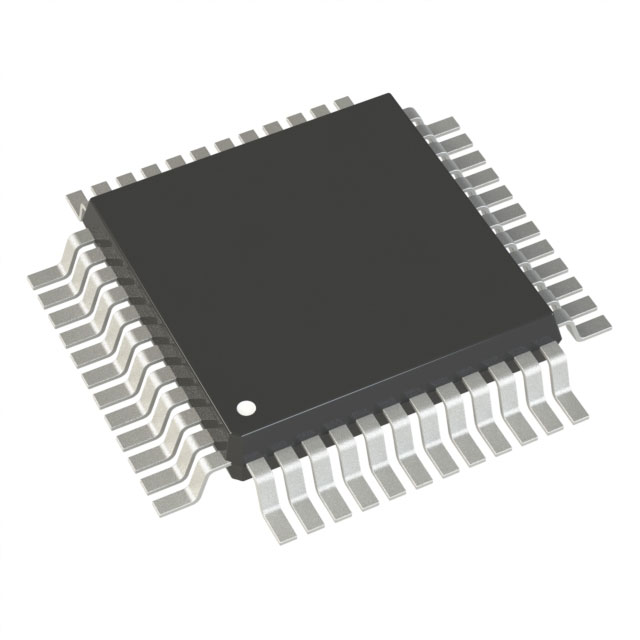STM8AL3L66
The STM8AL3L66 is a high-performance 8-bit microcontroller from STMicroelectronics, built on the enhanced STM8 core architecture. It features a maximum operating frequency of up to 16 MHz, enabling efficient execution of complex control tasks while maintaining low power consumption. The device offers 64 KB of flash memory for program storage and 4 KB of RAM for data processing, making it suitable for applications requiring robust code and real-time data handling.
This microcontroller includes a rich set of peripherals such as 12-bit ADCs with up to 16 channels, multiple timers (including advanced control timers), and communication interfaces like SPI, I²C, and UART. These features support precise analog signal acquisition, accurate timing control, and flexible connectivity in embedded systems. Additionally, the STM8AL3L66 supports low-power modes including Stop, Standby, and Active-Halt, allowing system designers to optimize energy efficiency across various operational states.
The STM8AL3L66 operates over a wide supply voltage range of 2.7 V to 5.5 V, ensuring compatibility with diverse power domains in industrial and consumer electronics. Its robust EMI immunity and integrated protection features—such as brown-out detection and programmable voltage regulators—enhance reliability in harsh environments. The chip also includes an internal oscillator and optional external clock sources, offering flexibility in clock configuration without requiring additional components.
Designed for cost-sensitive and space-constrained applications, the STM8AL3L66 is available in compact LQFP48 and TSSOP20 packages, simplifying PCB layout and integration into existing designs. It supports in-system programming (ISP) and in-application programming (IAP), facilitating firmware updates and field reconfiguration without removing the device from the circuit.
Applications include motor control, consumer appliances, industrial automation, sensor nodes, and automotive auxiliary systems. Its combination of performance, peripheral richness, and power efficiency makes it ideal for embedded solutions where reliability, ease of development, and long-term maintainability are critical.
Related Parts
| Part # | Manufacturer | Description | Availability | Pricing | Quantity |
|---|---|---|---|---|---|
 STM8AL3L66TAYMicrocontrollers | STMicroelectronics | IC MCU 8BIT 32KB FLASH 32LQFP | In Stock | 1+: $2.25604 10+: $1.90268 100+: $1.80754 1000+: $1.73959 | |
 STM8AL3L66TCYMicrocontrollers | STMicroelectronics | IC MCU 8BIT 32KB FLASH 32LQFP | In Stock | 1+: $2.41380 10+: $2.03574 100+: $1.93395 1000+: $1.86124 |







.png?x-oss-process=image/format,webp/resize,h_32)










